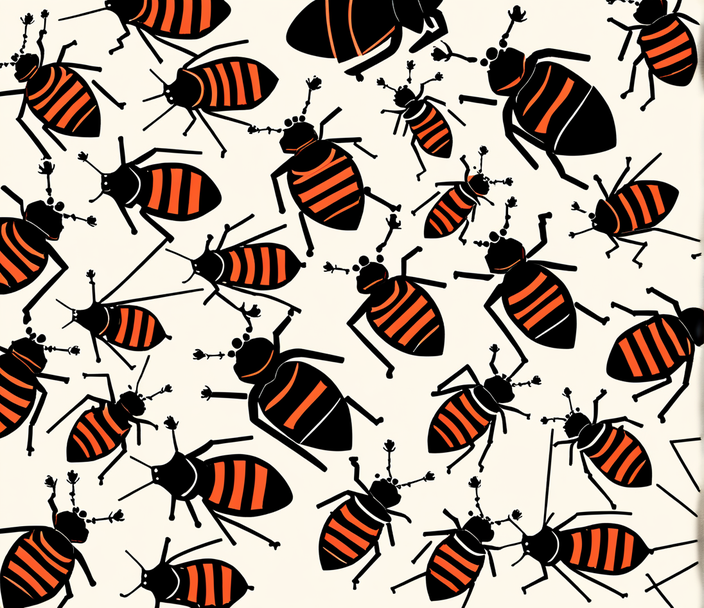The recent news reports are indeed concerning. Paris, the city renowned for its elegance, culinary delights, and romantic ambiance, is grappling with a significant bed bug infestation. Videos depicting these pests crawling over Metro seats, infesting hotels, and swarming buses and movie theaters have gone viral, causing widespread panic about the escalating bed bug problem.
The origins of this Parisian invasion, and how bed bugs managed to infest the city on such a scale, have become pressing questions, especially with Paris scheduled to host the first post-COVID-19 era Olympics next summer. This infestation did not materialize overnight. It’s likely that Paris, along with many other cities and even less densely populated regions worldwide, has been silently battling a persistent bed bug problem for some time. The surge in travel following the pandemic has brought this issue to the forefront.
Entomologists point to several factors that contribute to the survival and proliferation of bed bugs, many of which are closely tied to human behavior. The approach to managing these pests is part of the problem. Unlike mosquitoes and ticks, which are addressed through large-scale, community-wide eradication efforts by government agencies, bed bugs are often perceived as an individual issue rather than a societal one. Not everyone has the time or resources to take the necessary steps to eliminate them, allowing the insects to continue feeding, breeding, and spreading in search of new hosts.
Contrary to common beliefs, bed bugs are not solely associated with poor hygiene or limited to lower-income communities. It’s just that individuals with fewer resources may struggle to combat them effectively. Reports of bed bug infestations have surfaced from upscale five-star hotels, first-class airline seats, and high-end apartments, emphasizing that anyone can encounter bed bugs, but only those with the means can afford professional eradication.
Particularly in densely populated cities like Paris, there may be reservoirs of bed bug populations in disadvantaged communities, from which the insects hitch rides on public transportation, infiltrate restaurants, movie theaters, retail stores, and other places frequented by people.
However, there are other factors that contribute to the resilience of bed bugs:
Historical Relationship
Bed bugs are unique in their almost exclusive reliance on human blood for survival. They have coexisted with humans for centuries, depicted in cave drawings and captured in early wood prints and photographs from the 1800s.
Cultural Impact
Bed bugs have had a historical influence on human behavior. Some experts speculate that the tradition of spring-cleaning may have originated as an attempt to eliminate bed bugs, which tend to be less active during colder winter months and become more active in the spring and summer.
Inbreeding Adaptation
Bed bugs exhibit a remarkable ability to inbreed, a phenomenon that is usually detrimental to most species due to the introduction of harmful mutations. However, bed bugs can sustain multiple generations of inbreeding without adverse effects, allowing a single female to initiate a new colony.
Recognizing that bed bugs are not just an isolated nuisance, but a societal challenge is essential. Unlike disease-carrying pests like mosquitoes and ticks, bed bugs may not pose immediate health risks, but they do cause significant distress, anxiety, and discomfort for individuals and communities. To tackle the bed bug problem effectively, there needs to be a shift in perspective, with governments and communities working together to implement comprehensive solutions. This includes not only professional pest control measures but also public awareness campaigns, support for vulnerable populations, and research into innovative, sustainable approaches to managing these resilient pests. The bed bug issue is a reminder that we are interconnected in our globalized world, where travel and trade facilitate the spread of these insects. Addressing it collectively, as a shared challenge, is the key to reducing the prevalence of bed bugs and ensuring that they no longer plague our homes, businesses, and public spaces.



Leave a Reply